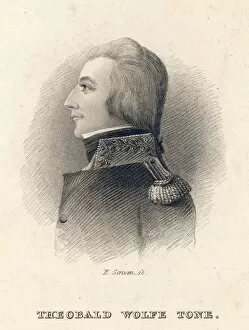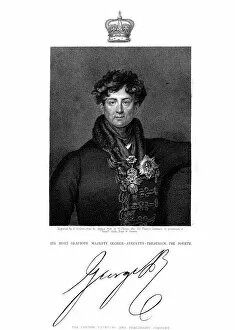Scriven Collection
"Unveiling the Artistry of Scriven: A Journey through History and Portraits" Step into the world of Scriven
All Professionally Made to Order for Quick Shipping
"Unveiling the Artistry of Scriven: A Journey through History and Portraits" Step into the world of Scriven, a name synonymous with exquisite craftsmanship and artistic mastery. From capturing the essence of iconic figures like Wolfe Tone to immortalizing Edward Jenner's groundbreaking work, Scriven's engravings have left an indelible mark on history. In the late 18th to early 19th century, Edward Scriven emerged as a prominent artist, showcasing his talent in works such as Erasmus' portrait alongside Penn and his depiction of William Harvey. With each stroke of his engraving tool, he breathed life into these remarkable individuals who shaped our understanding of science and society. But it wasn't just scientific luminaries that caught Scriven's attention; he also turned his skilled hand towards capturing the aristocracy. The portraits of The Right Honorable George O'Brien, Earl of Egremont, and The Right Honorable Henry Nevill stand as testaments to his ability to portray nobility with grace and elegance. Scriven's artistry extended beyond portraiture alone. His depictions included John Julius Angerstein in all his regal splendor as well as ceremonial costumes worn by Treasurer in 1826 and a distinguished gentleman in 1824. These engravings offer us glimpses into the grandeur and pomp that characterized those times. One cannot overlook one particular masterpiece - King George IV adorned in royal robes wearing a cap of estate. Through this artwork created by Edward Scriven himself, we witness not only the technical brilliance but also an intimate portrayal capturing the essence of royalty. As we explore Harrogate HG5 9 Map today or delve into historical archives tomorrow, let us remember that behind many captivating images lies the skillful handiwork of artists like Edward Scriven – their legacy forever etched onto paper for generations to admire.
















































